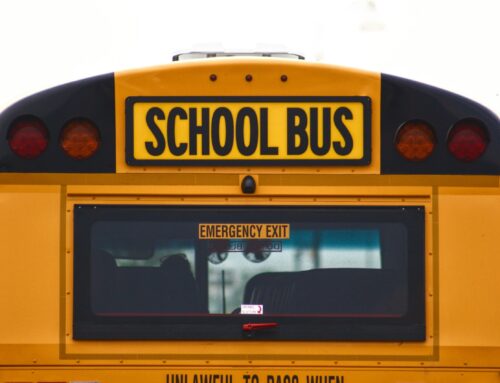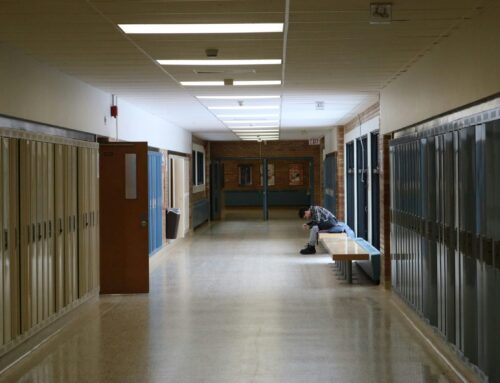 Drum majors, is the band ready? The inquisition echoes across the field. Friday night lights shimmer off the bells of horns, your elbows ache at attention. In just a few moments, you will get the command to raise your instrument and set off on the sub-ten minute journey known as the field show. A coordinated movement of some 100+ students, all in matching uniform, moving through the field on their own individual path while simultaneously playing through a rehearsal set of music. The coordination is rarely close to perfect, the music blaringly loud, but as you hit that final stance and the crowd erupts into a when-will-the-game-start-again applause, you know it’s worth it.
Drum majors, is the band ready? The inquisition echoes across the field. Friday night lights shimmer off the bells of horns, your elbows ache at attention. In just a few moments, you will get the command to raise your instrument and set off on the sub-ten minute journey known as the field show. A coordinated movement of some 100+ students, all in matching uniform, moving through the field on their own individual path while simultaneously playing through a rehearsal set of music. The coordination is rarely close to perfect, the music blaringly loud, but as you hit that final stance and the crowd erupts into a when-will-the-game-start-again applause, you know it’s worth it.
Marching band is a distinctly American performance tradition and has become a staple of music education at most all American secondary schools. They have long standing military histories, drums and horns having long been used during battle to signify commands and encourage morale. Marching musicians first appeared in America as the drum and fife bands of the revolutionary militia.[1] Some of such ensembles still perform today, usually for patriotic holidays with historically accurate instruments and dress.
In the context of American high school, the Marching band has firstly the ability to teach music in an engaging, embodied manner. Marching band is considered one of the more effective means of musical education as it engages more than just the mind, merging the physicality of movement with the artistry of instrumental performance.[2] Learning these skills is greatly reinforced by the large, discipline based social group that is the band. Most of my best friends in high school I met through marching band; we were given a place to come together and collaboratively put together a hugely complicated show, a task that certainly bonds students together for a common goal!
In joining the ceremony of the Friday night football game, marching band students are thrust into the larger cultural event of the American football game, vamping through morale boosting pep tunes as the football teams battle it out on the field. In using these creative skills to benefit the whole and the larger community present at the game, playing in a band becomes a thing of great pride. Students cannot help but feel that they belong when truly each player contributes to making the sound, the image, and the experience of watching the band whole. Then the band becomes a great outlet of stress and anxiety for many students. Connecting with peers through the outlet of music allows for a heightened sense of social emotional learning and coming to an understanding of how playing as a group can benefit both the community and the individual.[3]
Many of my fondest memories from school are from the Marching band. Whether practicing after school, journeying around the state to compete, or marching down the streets of Disney World, the marching band was a place of consistency and growth, somewhere where I could live and learn in tandem, all while forming friendships along the way. So whenever one passes by on the street, or I hear those horns from a distance, I make time to stop and listen, you never know what might come out of those horns!
Publishing Solutions Group
At Publishing Solutions Group, we are continually inspired by the many ways learning takes shape beyond the classroom—and marching band is one such powerful example. The discipline, collaboration, and emotional resonance captured in the marching band tradition reflect the very best of student engagement and arts education. We recognize and honor its enduring role in shaping student growth, connection, and pride.
[1] https://hub.yamaha.com/drums/percussion/marching-through-time/
[2] https://etd.ohiolink.edu/acprod/odb_etd/ws/send_file/send?accession=osu155557359362037&disposition=inline
[3] https://www.nea.org/nea-today/all-news-articles/when-bands-go-marching
Photo by Colin Loyd via Unsplash.




